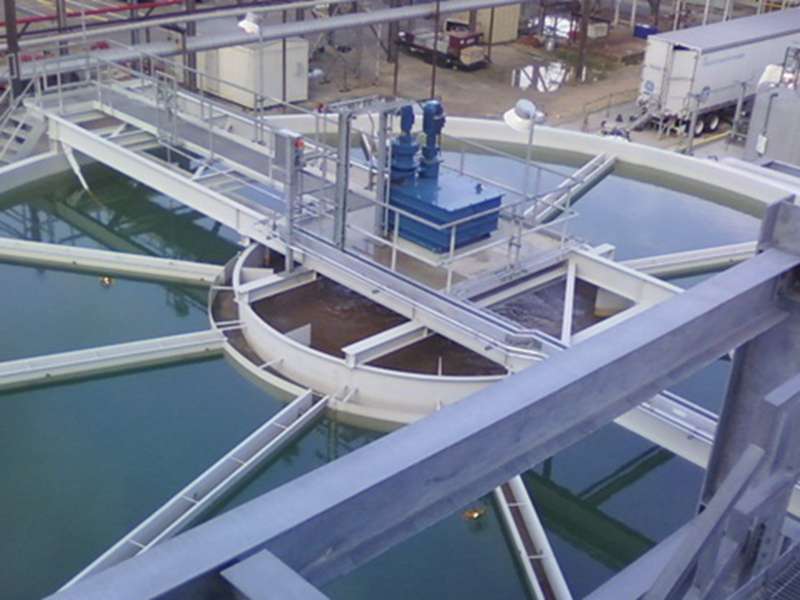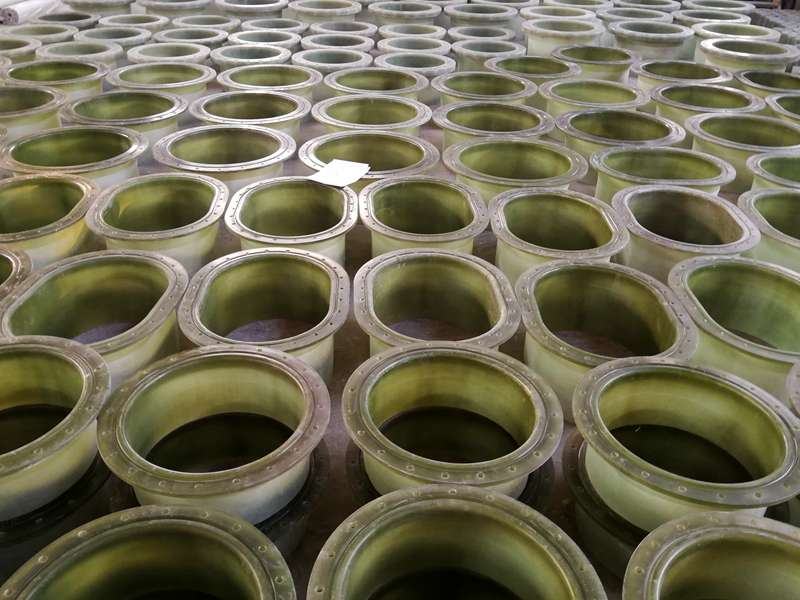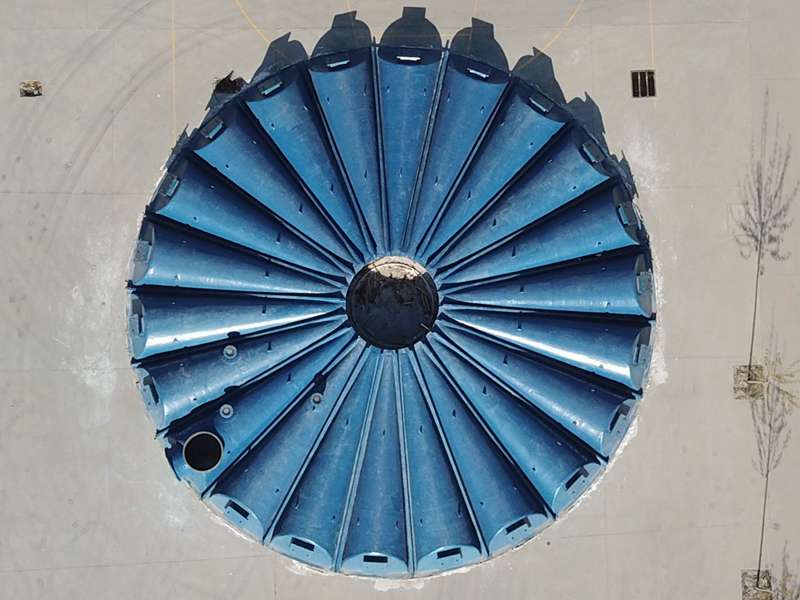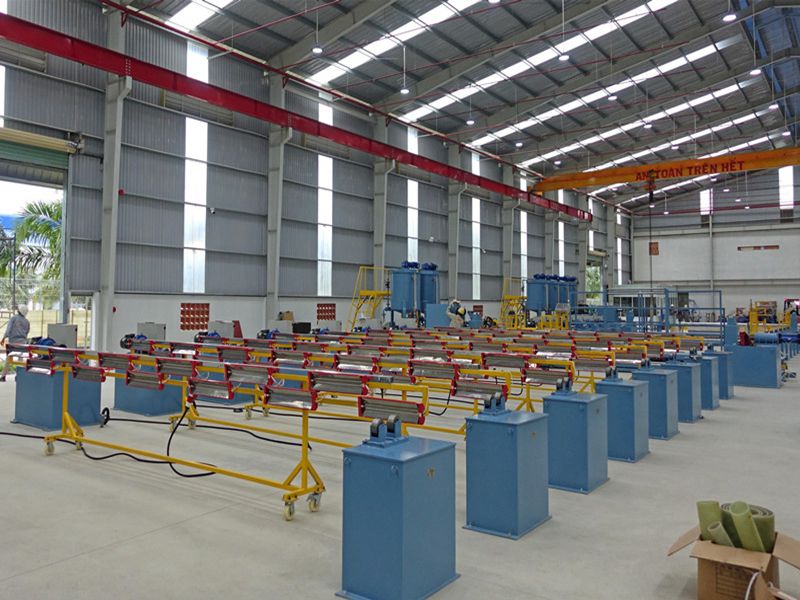
-
 Afrikaans
Afrikaans -
 Albanian
Albanian -
 Amharic
Amharic -
 Arabic
Arabic -
 Armenian
Armenian -
 Azerbaijani
Azerbaijani -
 Basque
Basque -
 Belarusian
Belarusian -
 Bengali
Bengali -
 Bosnian
Bosnian -
 Bulgarian
Bulgarian -
 Catalan
Catalan -
 Cebuano
Cebuano -
 China
China -
 China (Taiwan)
China (Taiwan) -
 Corsican
Corsican -
 Croatian
Croatian -
 Czech
Czech -
 Danish
Danish -
 Dutch
Dutch -
 English
English -
 Esperanto
Esperanto -
 Estonian
Estonian -
 Finnish
Finnish -
 French
French -
 Frisian
Frisian -
 Galician
Galician -
 Georgian
Georgian -
 German
German -
 Greek
Greek -
 Gujarati
Gujarati -
 Haitian Creole
Haitian Creole -
 hausa
hausa -
 hawaiian
hawaiian -
 Hebrew
Hebrew -
 Hindi
Hindi -
 Miao
Miao -
 Hungarian
Hungarian -
 Icelandic
Icelandic -
 igbo
igbo -
 Indonesian
Indonesian -
 irish
irish -
 Italian
Italian -
 Japanese
Japanese -
 Javanese
Javanese -
 Kannada
Kannada -
 kazakh
kazakh -
 Khmer
Khmer -
 Rwandese
Rwandese -
 Korean
Korean -
 Kurdish
Kurdish -
 Kyrgyz
Kyrgyz -
 Lao
Lao -
 Latin
Latin -
 Latvian
Latvian -
 Lithuanian
Lithuanian -
 Luxembourgish
Luxembourgish -
 Macedonian
Macedonian -
 Malgashi
Malgashi -
 Malay
Malay -
 Malayalam
Malayalam -
 Maltese
Maltese -
 Maori
Maori -
 Marathi
Marathi -
 Mongolian
Mongolian -
 Myanmar
Myanmar -
 Nepali
Nepali -
 Norwegian
Norwegian -
 Norwegian
Norwegian -
 Occitan
Occitan -
 Pashto
Pashto -
 Persian
Persian -
 Polish
Polish -
 Portuguese
Portuguese -
 Punjabi
Punjabi -
 Romanian
Romanian -
 Russian
Russian -
 Samoan
Samoan -
 Scottish Gaelic
Scottish Gaelic -
 Serbian
Serbian -
 Sesotho
Sesotho -
 Shona
Shona -
 Sindhi
Sindhi -
 Sinhala
Sinhala -
 Slovak
Slovak -
 Slovenian
Slovenian -
 Somali
Somali -
 Spanish
Spanish -
 Sundanese
Sundanese -
 Swahili
Swahili -
 Swedish
Swedish -
 Tagalog
Tagalog -
 Tajik
Tajik -
 Tamil
Tamil -
 Tatar
Tatar -
 Telugu
Telugu -
 Thai
Thai -
 Turkish
Turkish -
 Turkmen
Turkmen -
 Ukrainian
Ukrainian -
 Urdu
Urdu -
 Uighur
Uighur -
 Uzbek
Uzbek -
 Vietnamese
Vietnamese -
 Welsh
Welsh -
 Bantu
Bantu -
 Yiddish
Yiddish -
 Yoruba
Yoruba -
 Zulu
Zulu
Design and Analysis of FRP Weirs for Enhanced Water Flow Management in Civil Engineering Applications
Understanding FRP Weirs An Overview
In the field of civil engineering, water management is a critical concern, particularly in hydraulic structures. One such device that plays a vital role in water flow measurement and control is the weir. When constructed using Fiber Reinforced Polymer (FRP), weirs offer distinct advantages that enhance their performance and longevity. This article delves into the characteristics, advantages, applications, and construction techniques of FRP weirs.
What is a Weir?
A weir is a barrier constructed across an open channel to measure or control the flow of water. Weirs are typically designed to create a difference in water levels on either side of the barrier, allowing for precise measurements of discharge rates. They can be classified into various types, including linear, broad-crested, and V-notch weirs, each serving specific purposes based on flow conditions.
The Role of FRP in Weir Construction
Fiber Reinforced Polymer (FRP) is a composite material composed of a polymer matrix reinforced with fibers, usually glass, carbon, or aramid. Its unique properties—such as high strength-to-weight ratio, resistance to corrosion, and low thermal expansion—make it an ideal candidate for constructing hydraulic structures like weirs. The integration of FRP into weir design significantly enhances performance and durability.
Advantages of FRP Weirs
1. Corrosion Resistance Traditional materials such as concrete and steel are susceptible to corrosion when exposed to water and various chemicals. FRP weirs, on the other hand, resist corrosive elements, ensuring longevity and reducing maintenance costs.
2. Lightweight Construction The low density of FRP makes it much lighter than traditional construction materials. This lightweight property reduces the overall load on the foundation and simplifies transportation and installation.
3. Customizability FRP can be molded into various shapes and sizes, allowing engineers to create weirs that suit specific site conditions and flow rates. This flexibility can enhance the hydraulic performance of the structure.
4. Durability FRP exhibits excellent fatigue and impact resistance. This durability ensures that FRP weirs can withstand harsh environmental conditions, making them suitable for various applications, including flood control, irrigation, and wastewater management.
frp weir
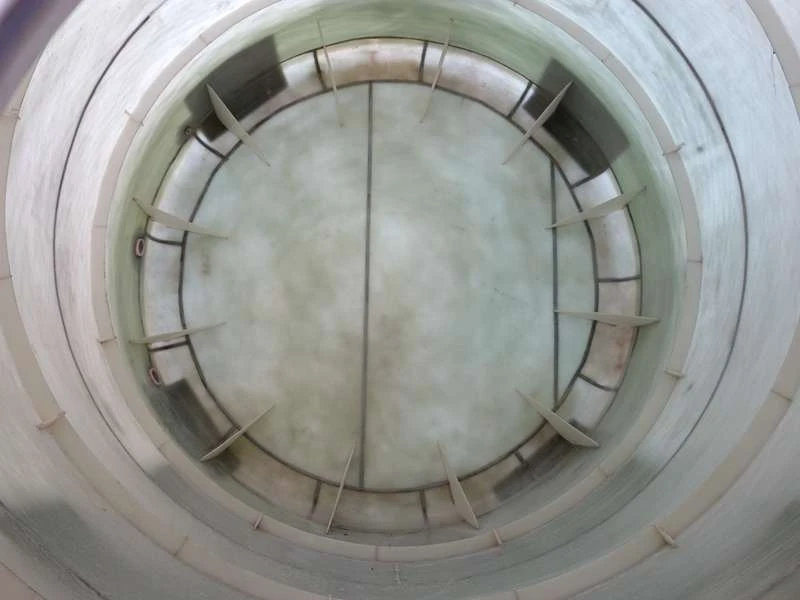
5. Cost-Effectiveness While the initial cost of FRP materials may be higher than traditional options, the long-term savings from reduced maintenance and replacement needs make FRP weirs a cost-effective choice over time.
Applications of FRP Weirs
FRP weirs are versatile and can be utilized in numerous applications, including
- Hydrological Measurement Used in water management systems to accurately measure flow rates in rivers, streams, and irrigation channels, aiding in effective resource allocation.
- Environmental Protection Employed in areas prone to flooding, FRP weirs help control water levels, reducing the risk of damage to surrounding ecosystems.
- Wastewater Treatment FRP weirs can be implemented in treatment plants to monitor and manage wastewater flow, facilitating efficient treatment processes.
Construction Techniques
The construction of FRP weirs involves careful planning and execution. Engineers typically begin by assessing the site and determining the appropriate design based on flow conditions. The FRP panels are manufactured off-site or on-site, depending on project requirements. They are then assembled using mechanical fasteners or adhesives, ensuring watertight integrity. Once installed, the weir is tested under various hydraulic conditions to ensure optimal performance.
Conclusion
In summary, FRP weirs represent a modern solution for managing water flow with enhanced durability, resistance to corrosion, and lightweight properties. Their ability to adapt to various applications while providing cost-effective and reliable performance makes them an essential component in contemporary hydraulic engineering. As the demand for efficient water management practices continues to grow, the use of FRP weirs is expected to increase, paving the way for more sustainable and effective water resource management solutions.



